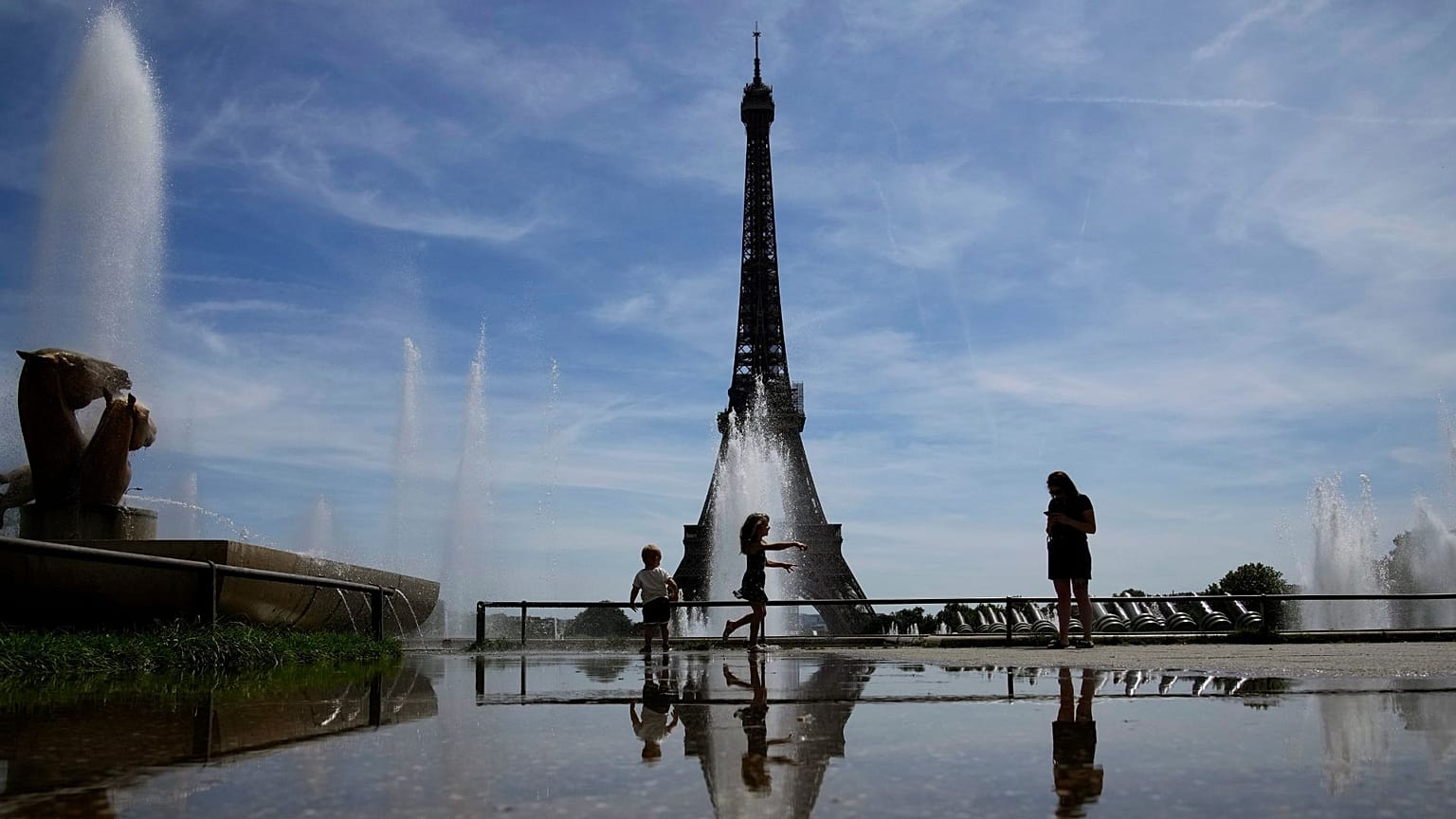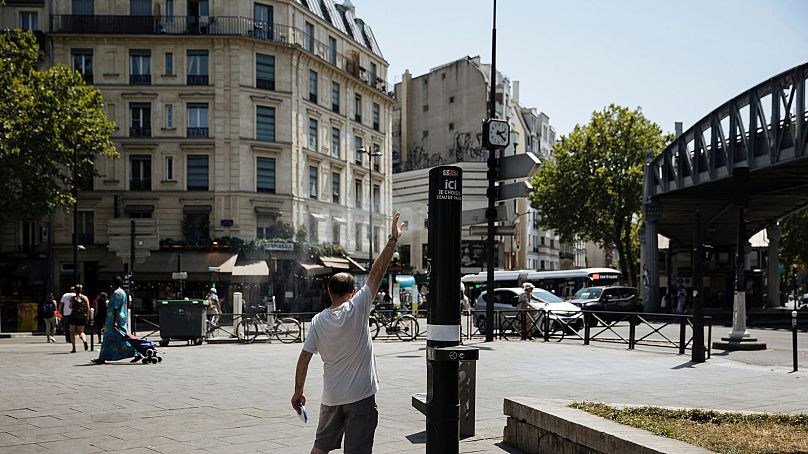Paris needs to act now to avoid ‘nightmare scenario’ in future heatwaves, new report urges.
Paris could face sweltering summer temperatures of more than 50 degrees Celsius in the future, a new report has warned.
The French capital is known for its iconic architecture - but its beloved wide boulevards and zinc-top roofs act as a ‘heat sink’ in extreme weather.
Without rapid adaptations, the city could become unbearably hot by mid-century, according to a report set to be debated by Paris Town Hall on Thursday.
Sweltering heat is already a reality, warned Green party MP Alexandre Florentin, when research for the report started last year.
"This is neither a prophecy, nor an intuition, nor a hypothesis. We are in a new climate situation in which some people are already suffering, and which is going to get even worse," he said.
The sobering research was produced by a cross-party group of local politicians and engineer Franck Lirzin, author of ‘Paris face au changement climatique’ (Paris facing climate change).
So what will life be like in Paris at 50 °C - and how can the city adapt?
When will Paris hit 50°C?
The city’s current temperature record - of 42.6C in the shade - was set in 2019.
But this sweltering high could jump eight degrees by 2050, climatologist Robert Vautard told French newspaper Libération.
"It is difficult to say when, but [...] this possibility can no longer be excluded,' he said.
Cities are particularly vulnerable to prolonged periods of hot weather. Paris is on average around 2 to 3 degrees Celsius warmer than surrounding rural areas. During heatwaves, this difference can climb by up to 10 degrees.
But Paris will see an average of 34 heatwave days per year in 2030, the report suggests, more than double the 14 recorded in 2008.
Night will bring scant relief to the city’s sweltering residents. By 2030, Parisians will endure 35 ‘tropical nights’ - nights when the temperature stays above 20 degrees - per year, up from five in 2008.
What will life be like in Paris at 50 °C?
High temperatures lead to excess deaths by messing with the body’s internal regulation systems.
To cope with extreme heat, we sweat - but this leads to the loss of fluids and salts. High temperatures widen blood vessels, causing sudden drops in blood pressure. In 2003, 15,000 French people died during a very hot summer.
In 2019, the country recorded 10,000 excess heatwave deaths.In 2022, this grim tally was around 3,000.
The temperatures will also wreak havoc on Paris’ infrastructure. The electricity grid would suffer from power outages, while asphalt melts would force the closure of roads.
Paris’ famous apartments - topped with zinc roofs - may become uninhabitable. This is because zinc is a highly conductive metal that absorbs heat.
How does Paris need to adapt to new record temperatures?
The report urges city planners to take urgent steps to prevent a “nightmare scenario”. Without adaptation, the city will become totally dependent on unsustainable air-conditioning.
Paris needs to invest in green space. Along with planting trees and removing asphalt, buildings should be draped with ‘vertical greenery.’ Trees and greenery provide shade and release cooling moisture into the air.
Paris’ iconic zinc rooftops may need to be replaced with a more heat-friendly material, or painted white. Blackout blinds and natural ventilation should be adopted where possible.
New developments should not adopt a ‘greenhouse’ style, constructed with massive sheets of glass.
The workday may also have to be adjusted to prevent employees from being forced out in the heat of the sun. Paris employers could follow in the example of their Southern European neighbours and adopt a ‘siesta’ model. Evening events could also start later when the temperature has cooled. Community cool rooms could provide a refuge from the sweltering heat.



















